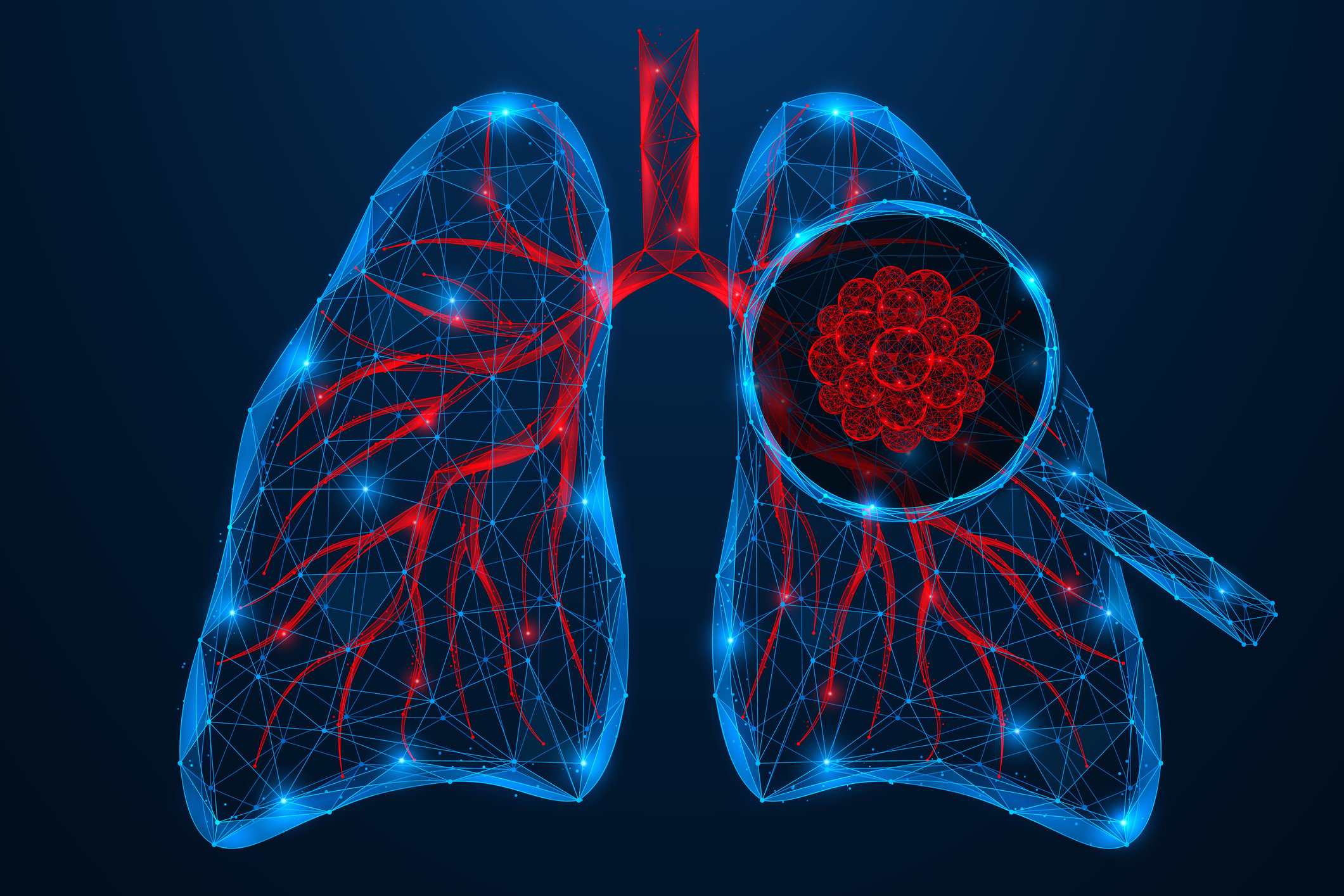A comprehensive sports medicine assessment of the role of gender in relation to athletic performance also includes the influence of athletic activity on various female bodily functions, such as the menstrual cycle. Likewise, the dietary habits, adapted to different sports, and their effects on the state of health should be taken into account.
You can read part 1 of this article in issue 9 of HAUSARZT PRAXIS.
Female cycle and sport
Menstruation shows some relevant correlations with sports activity. Thus, young female athletes may experience a delay in the first bleeding (menarche) if body fat percentage falls <17% due to (excessive) physical exercise [2]. The absence of menstruation (amenorrhea) often affects female athletes whose sport requires a slim, i.e. body fat-reduced figure. The available literature contains a wide range of percentages for this phenomenon, ranging from 1-44% of affected female athletes [1]. When looking at the influence of menstruation and sport, the question arises in which phase of the cycle athletic performance is highest. The performance optimum for most female athletes seems to be in the postmenstrual phase. The explanation may be the rising estrogen levels during this phase. In contrast, the premenstrual phase is considered unfavorable for performance. During menstruation itself, the majority of women describe consistent or even improved abilities [2]. It is known from the sports world that top performances were achieved in all phases of the menstrual cycle, which would mean that, at least in top athletes, the menstrual cycle has no influence on performance.
Currently, the so-called long cycle is increasingly being discussed. Hormone preparations (contraceptive pills) are taken in such a way that the cycle is prolonged without intermittent abortive bleeding. For example, the female athlete has the possibility to influence the competition also hormonally and to avoid occurring menstrual cramps. Typically, three to four cycles are completed before abortion bleeding is allowed. Long-term results on this procedure are not yet available, so that the influence on fertility or the long-term effect on bone metabolism cannot yet be assessed.
In view of an important competition, it is sometimes desirable to postpone menstruation. Caution should be exercised in this procedure, and the administration of sex hormones for this purpose should remain an exception. In younger athletes, the possibility of premature epiphyseal joint closure should be noted in this context [1].
Anticonceptives are not on the doping list. However, some medications specific to women can certainly be found there. Therefore, for female athletes, as for all other patients, the recommendation is to be mindful of medical prescriptions. The need for medication prescription may also be reduced simply from the fact that women who exercise regularly have fewer cycle-related complaints overall.
Iron balance
In connection with menstruation is the iron balance of the woman. Iron is an important trace element in the body. It is necessary for various bodily functions, primarily for oxygen transport through its binding in the red blood pigment hemoglobin. Female athletes are at increased risk due to increased iron loss during menstruation, but also due to iron consumption during physical exertion, including through sweat secretion. They have an increased blood volume with a correspondingly increased need for iron, and they also often have a deficient diet. It therefore makes sense to pay attention to a balanced diet, even if only 10% of the iron contained in food is absorbed by the body. In addition, regular measurements of serum ferritin levels are indicated in female athletes, especially when one or more symptoms suspicious of iron deficiency occur, but also as part of the regularly recommended sports medical examinations. Today there are new limits: serum ferritin >50 ng/ml (doctrine so far >20 ng/ml for women of menstrual age), the optimal value for both sexes is considered to be about 100-200 ng/ml [2].
Eating behavior and sport
The risk of nutritional deficiencies in certain female athletes was mentioned. A frequently mentioned term in the field of women’s health and sports is the Female Athlete Triad, a disease complex in women consisting of eating disorder, disturbed menstrual cycle (oligo-/amenorrhea), and decreased bone quality (osteopenia/osteoporosis). The individual components can also occur in isolation, but they often condition and influence each other. Funnily enough, this clinical picture – which now seems to occur in athletes as well – is abbreviated FAT (fat!). High physical performance with a corresponding calorie requirement on the one hand and striving for an ideal physique on the other, especially in the aesthetically influenced sports such as gymnastics, ballet, etc., lead to malnutrition, which is often associated with disturbances in the menstrual cycle. Both in turn negatively affect bone metabolism, bone mass becomes less and inferior, and the risk of stress fractures and other injuries increases. It is crucial to recognize the problem. Thus, a specific questioning regarding menstrual irregularities and eating habits should be performed in every patient with fatigue fracture. When a Female Athlete Triad is identified, a multidisciplinary treatment strategy should be adopted to address the different aspects.
Gender differences
Other gender-specific differences are known at the level of other organ systems, for example in the cardiovascular system, the respiratory system, or in the context of overall metabolism and thermoregulation. The aforementioned differences will not be discussed further in this framework, but these morphological, structural, and functional differences logically have a direct influence on the most important motor demands, the condition factors. Due to the lower cardiopulmonary performance parameters, women have a lower endurance capacity in absolute terms than men. In all forms of strength (maximum strength, rapid strength, strength endurance), women are clearly inferior to men primarily because of their lower muscle mass. The overall speed of the woman is smaller than that of the man because of the necessary strength component, but the psychomotor ability, which is also indispensable for speed, is identical. Due to different tissue properties of the ligaments, tendons and muscles, women are generally more mobile than men. Finally, dexterity and agility, i.e. the coordinative qualities of the woman, if enormous strength is not required, are equal to that of the man.
Conclusion
Man and woman differ thus in different biological interests, which means however in no way superiority or inferiority of the one opposite the other sex, but rather expression of different biological tasks for the preservation of the kind is. These differences have been abused throughout sports history by men in positions of power based on mostly questionable social, moral, and pseudo-biological arguments – to “protect” women. However, with the further development of the social role of both sexes within society, the situation has largely eased, and the number of women participating in sports has increased rapidly in recent decades. The described (and other) biological characteristics of women in sports require consideration in sports medicine.
Literature:
- Weineck J.: Sports biology. Spitta Publishing House 2004
- Schaub BS: The iron deficiency syndrome, diagnosis and therapy. Ars Medici 1/2006: 1-5.
HAUSARZT PRAXIS 2017; 12(10): 4-6











